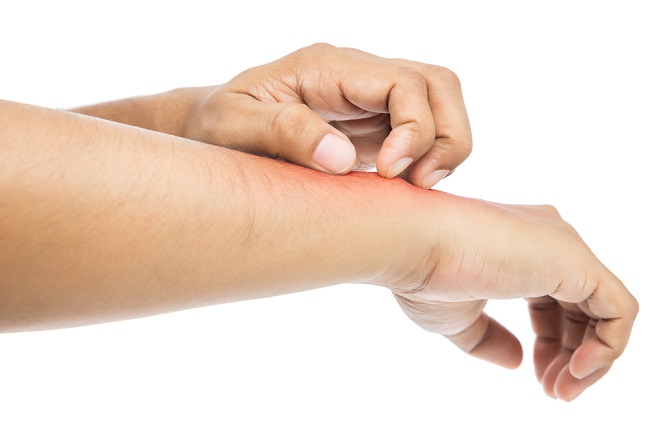Amenorrhea is a condition when a woman does not experience menstruation or menstruation for 3 consecutive cycles or more. The term amenorrhea is also used for a condition when a woman who is 15 years old has never had a period.
Amenorrhea can be caused by natural causes such as pregnancy or it can be a sign of a health problem. In addition to not menstruating, there are several signs and symptoms that may accompany the condition of amenorrhea, such as hair loss, headaches, pelvic pain, acne, and the growth of fine hairs on the face.

Various Causes of Amenorrhea
Amenorrhea is divided into 2, namely primary and secondary amenorrhea. The following is the difference between primary and secondary amenorrhea and their causes:
Primary amenorrhea
Primary amenorrhea is a condition when young women do not get menstruation even though they have entered puberty, which is around the age of 15-16 years. Primary amenorrhea can be influenced by several things, namely:
1. Chromosomal or genetic abnormalities
Hereditary factors or the presence of genetic defects can affect the function of the ovaries and the menstrual cycle becomes irregular. Examples of genetic disorders that can cause primary amenorrhea include Turner syndrome and androgen insensitivity syndrome.
2. The pituitary gland is disturbed
Disruption of the pituitary gland in the brain can cause an imbalance of reproductive hormones, causing primary amenorrhea.
Several factors that can cause pituitary gland disorders in adolescents include eating disorders, excessive exercise, or psychological pressure that has lasted since he was a child.
Secondary amenorrhea
Secondary amenorrhea is a condition when a woman who normally has a normal menstrual cycle becomes absent for 3 months or more. Secondary amenorrhea can be caused by several things, namely:
1. Natural causes
Pregnancy is the most common natural cause of secondary amenorrhea. In addition, breastfeeding and menopause can also cause a woman to not menstruate for more than 3 months.
2. Hormone imbalance
Hormonal imbalances can be caused by a variety of things, ranging from a tumor in the pituitary gland, low estrogen levels, high testosterone levels (hyperandrogenism), and an overactive thyroid gland (hyperthyroidism).
3. Medical conditions and drug use
Certain medical conditions and medications can cause secondary amenorrhea. The following are some of the examples:
- Use of injectable and hormonal contraceptives can cause women not to have menstruation, until the body can balance the hormones from the drug and the menstrual cycle becomes regular again.
- Consumption of drugs Antidepressants and blood pressure-lowering drugs can increase the hormones that prevent ovulation and menstruation from occurring.
- Chemotherapy and radiation treatment For cancer treatment, it can destroy the hormone estrogen, which functions to produce eggs in the ovaries, causing women to not have menstruation.
- buildup of scar tissue in the lining of the uterus, as in Asherman's syndrome, can prevent the normal shedding of the endometrial lining in the menstrual cycle.
4. Lifestyle
Lifestyle is also one of the factors that can cause secondary amenorrhea. The following are some examples:
- Very low weight caused by eating disorders or an unhealthy diet can disrupt the hormonal balance in your body, causing menstrual cycle abnormalities.
- Excessive exercise habits can cause low levels of fat in the body and high levels of beta endorphins and catecholamines, thereby interfering with the work of the hormones estrogen and progesterone in the body, which play an important role in the occurrence of menstruation.
- Excessive stress can cause disturbances in the hypothalamus, which is the part of the brain that regulates reproductive hormones, so that the release of eggs (ovulation) and menstruation can stop.
Amenorrhea that occurs occasionally and goes away on its own may not be dangerous. However, if you experience this condition frequently, chances are you will find it difficult to determine the fertile period, making it more difficult to get pregnant. This condition should be checked by a doctor.
The doctor will provide treatment to overcome the amenorrhea suffered based on the cause. If after examination there are no abnormalities, it is possible that the amenorrhea is caused by an unhealthy lifestyle and does not require certain treatment.
Lifestyle changes to become healthier can be done so that menstruation can return to normal. However, if there are other underlying conditions, you may need treatment to treat these conditions, so that menstruation can return to normal.









